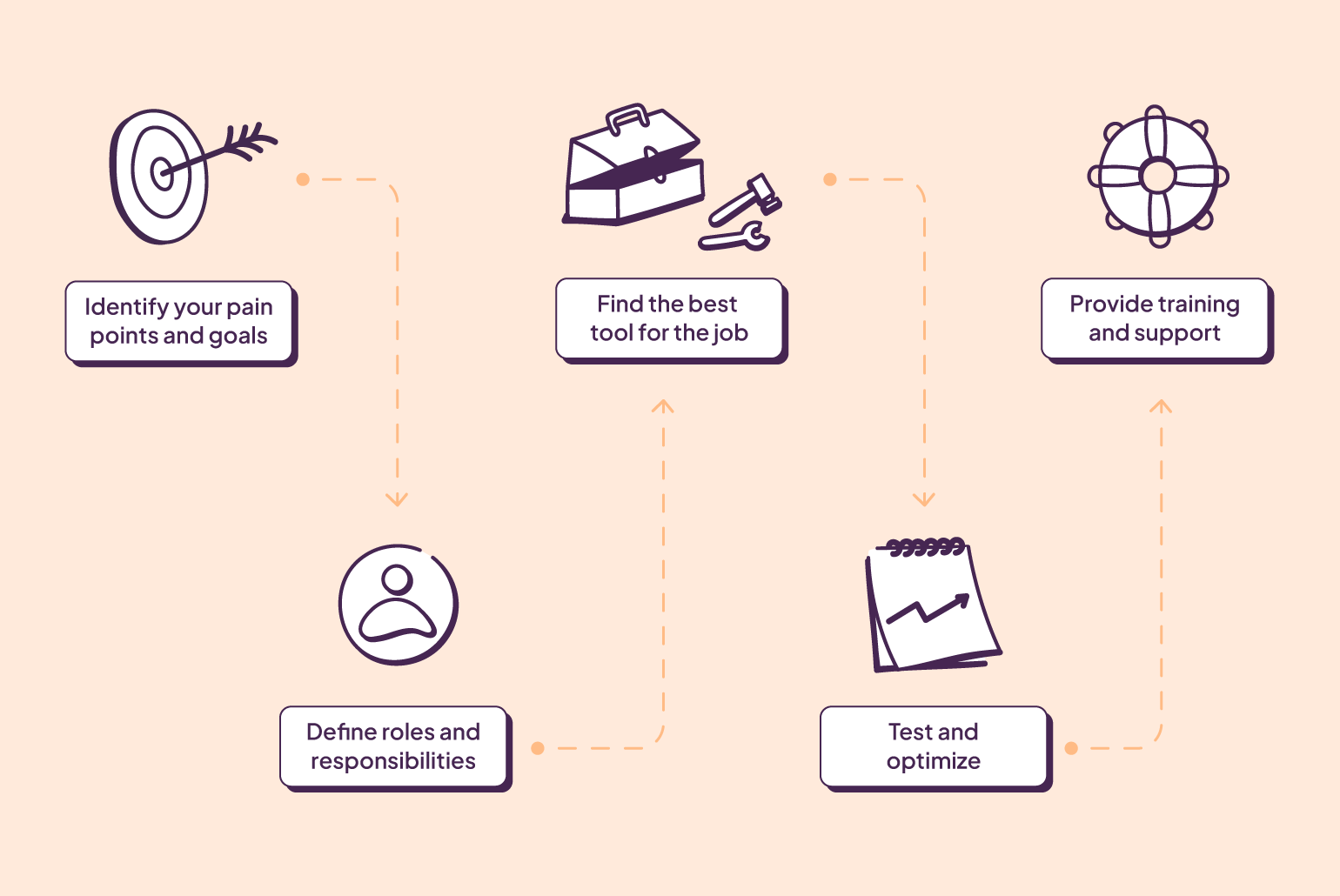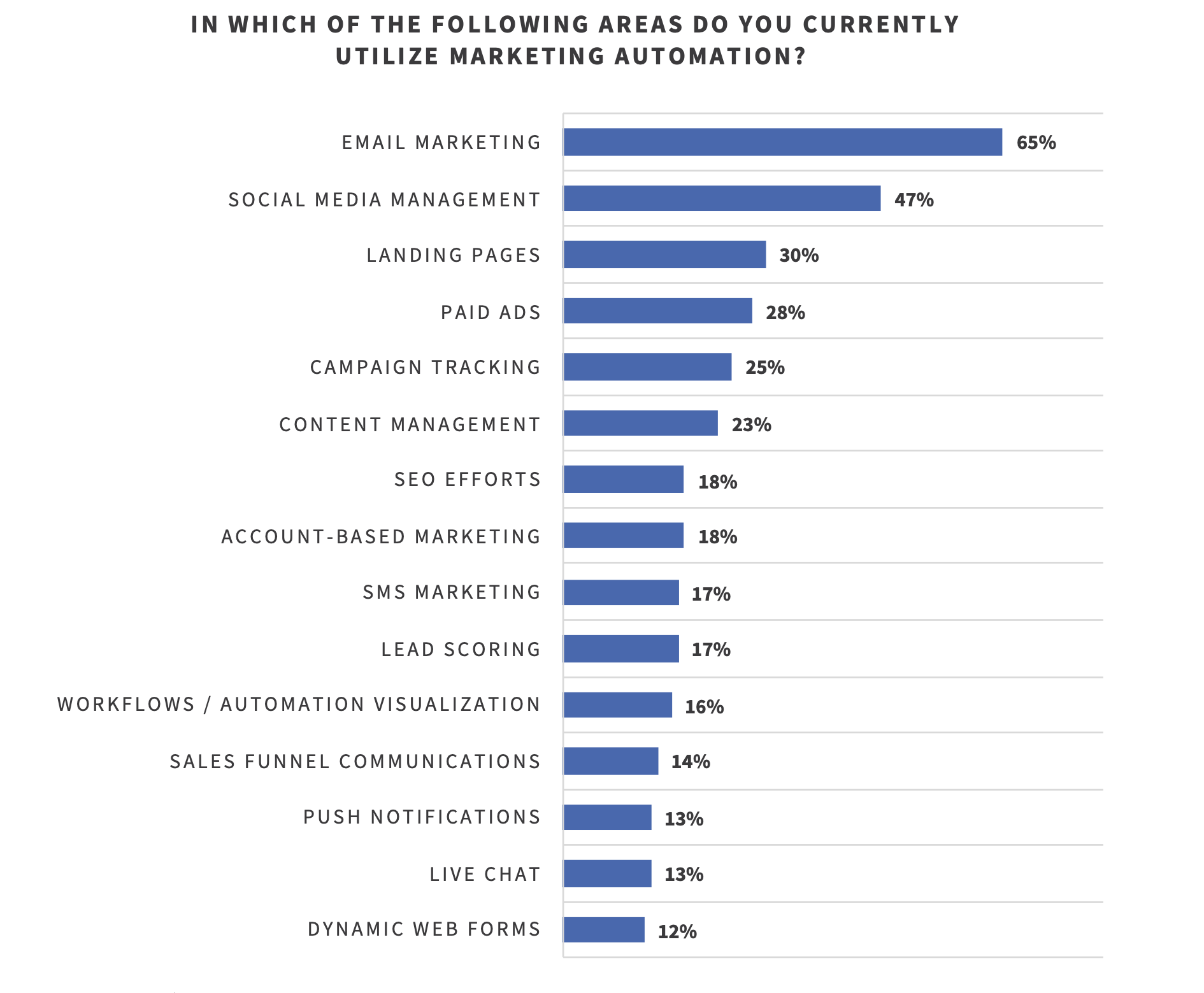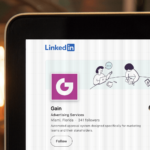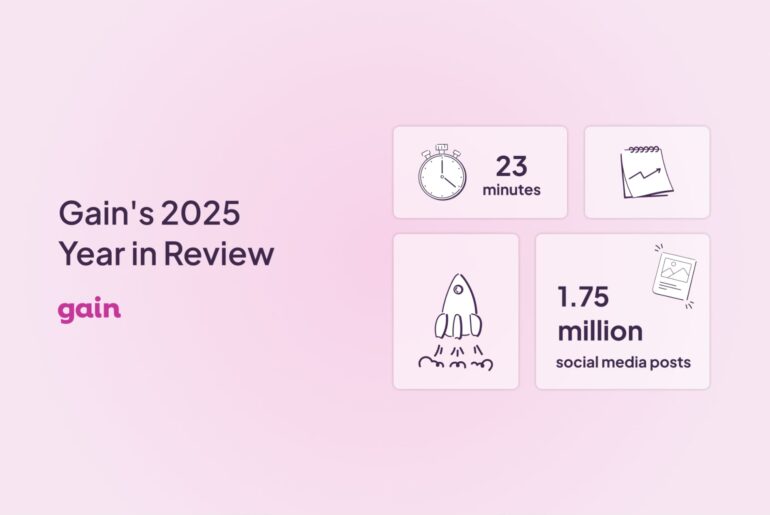Marketing workflow automation may not sound like the most glamorous topic. But if you’re a social media or creative agency, it’s the secret sauce that can help you work smarter, not harder.
After all, marketing automation has the biggest commercial impact on agencies and their clients, according to Statista.
By automating tedious marketing tasks, you can free up time to focus on more creative and strategic work. And marketing workflow automation can improve client-agency relationships, driving productivity and increasing transparency.
So, put down that coffee and listen up—we’ve got some tips and best practices to help you make the most of marketing workflow automation.
What is Marketing Workflow Automation?
Marketing workflow automation is the use of technology and software to shave off repetitive and time-consuming marketing tasks, allowing businesses to streamline their marketing processes, improve efficiency, and optimize results.
It involves automating tasks such as email marketing, social media scheduling, content approval, and reporting. As a result of it, marketers can focus on high-value activities that require human creativity and strategic thinking.
Furthermore, marketing workflow automation can address numerous pain points creative teams face:
- Repetitive tasks that eat up a lot of time
- Poor efficiency
- Inconsistent messaging across all channels
- Limited human resources.
Why Marketing Workflow Automation is Important
The lack of efficient workflows can quickly take a toll on marketing agencies and their clients. Teams lose time and productivity performing various tasks, from sending emails to nagging other team members for feedback and approvals.
Workflow Automation Boosts Agency’s Productivity and Organization
Agencies juggle many different clients, stakeholders, and multiple social media accounts to ensure project success, but manual processes (spreadsheets + emails) slow them down.
When it comes to getting client approvals, agencies often find themselves caught in a never-ending chase, leaving little time for the good stuff. So, marketing workflow automation can save the day!
By automating workflows, agencies can streamline their processes, eliminate repetitive tasks, and focus on creating campaigns that genuinely delight their clients. Moreover, they can also tackle approvals at lightning speed, with greater accuracy and lower costs.
But the benefits don’t stop there—clients also enjoy greater transparency, accountability, and faster turnaround times.
Clients Desire Straightforward Collaboration
Our mantra is simple: make projects easy for clients, and they’ll be yours forever.
Marketing agencies are the go-to for boosting growth or outsourcing tasks that companies can’t handle themselves. But clients don’t have the time or patience for endless emails, spreadsheets, or Slack chats. They want results and a streamlined, central location for collaboration. Cue, workflow automation.
Workflow automation improves communication, efficiency, and collaboration between agencies and clients. With real-time reporting, automated reminders, and centralized content and approval management, clients stay informed and engaged without the headaches of back-and-forth communication.
It’s a win-win for everyone involved. But where do you start with your marketing workflow automation? Take a look at our top five killer tips to set up an automated marketing workflow.
Five Marketing Workflow Automation Best Practices and Tips

1. Identify Your Pain Points and Goals
First things first, determine your goals and pain points. Think about what task takes up the most time and causes the most frustration for your team.
Based on the answers, decide what you need to automate. Drip email campaigns, social media content creation and posting, content approvals, or project management in general?
A study conducted by Ascend2 revealed that the three most commonly automated marketing areas are email marketing, social media management, and landing pages.

Above all, when you define your goals and identify the main pain points, you become better equipped to find a workflow automation system that addresses your needs.
2. Define Roles and Responsibilities
Automation can help address productivity issues and reduce errors, but it’s essential to establish clear roles and responsibilities within your team and with clients.
Firstly, consider who will be responsible for setting up and maintaining the automation tools. Who will be in charge of creating content and campaigns? Finally, whose responsibility will be to give the green light?
Secondly, map out your entire workflow and define these roles and responsibilities to ensure everyone is on the same page and that everything runs smoothly.
3. Find the Best Tool for the Job
Choosing the right marketing automation tool can be overwhelming but don’t panic! Just think about your goals and which capabilities would benefit you and your clients.
If social media management is your priority, consider Gain—a solution that can help you automate social media workflows, including content creation, approvals, scheduling, and publishing.
With Gain, you can plan your social media content in advance with Gain’s visual content calendar and automate publishing to all your social media accounts without lifting a finger. Furthermore, Gain’s collaborative platform allows team members to easily share drafts and get approvals before posting, ensuring your content is always on-brand and compliant.
Take an interactive tour to explore Gain’s superpowers.
Of course, you might want to automate other marketing aspects. So whatever they are, look for a user-friendly, customizable tool that integrates with your existing software.
4. Test and Optimize
Once you’ve implemented your automation tools, testing and regularly optimizing them is essential. This means tracking your results, analyzing your data, and tweaking your processes as needed. By doing so, you can ensure that your automation improves your workflows without causing unintended consequences.
5. Provide Training and Support
Finally, as you bring new team members or marketing clients on board, ensure you provide training and support to help them get up to speed with your automation tools. This can include documentation, videos, or even one-on-one training sessions. By doing so, you can ensure that everyone is using the tools correctly and effectively.
Wrapping Up
To thrive as an agency, adopting a digital-first approach to your operations and implementing marketing workflow automation is essential. Doing so will enable your team to craft and execute successful campaigns while simplifying content creation and approvals for your clients.
Are approvals dragging you down? Workflow at a snail’s pace? Not on our watch. With Gain, you can ditch the slog and get your content approved without the headache. No chasing is necessary. Sounds too good to be true? Test drive Gain for free and see the results firsthand.
FAQs About Marketing Workflow Automation
The common problems with marketing workflows are a lack of alignment with business goals, unclear roles and responsibilities, partially or poorly defined processes, insufficient workflow automation for repetitive tasks, and inadequate resources.
Automated marketing workflows allow for efficient planning, execution, and measurement of campaigns, freeing up time for strategic tasks. They enable marketers to reach more customers, generate leads, and improve collaboration, ultimately driving their clients’ growth and building long-lasting relationships.






